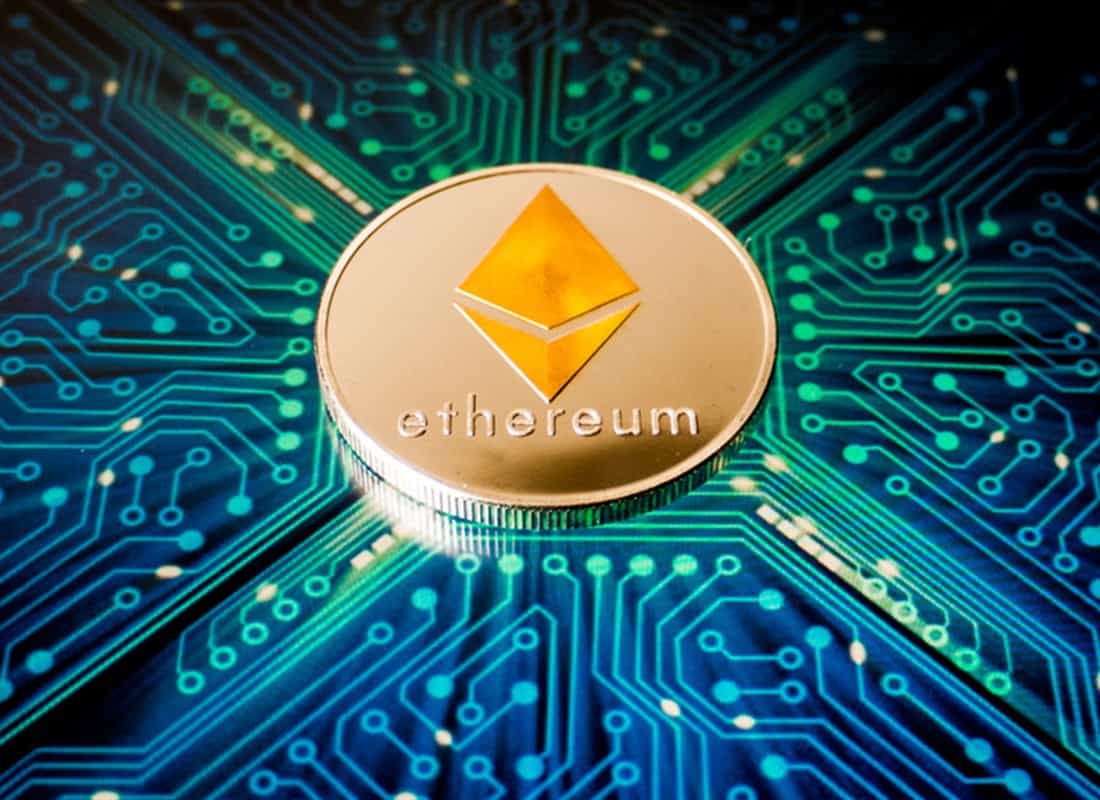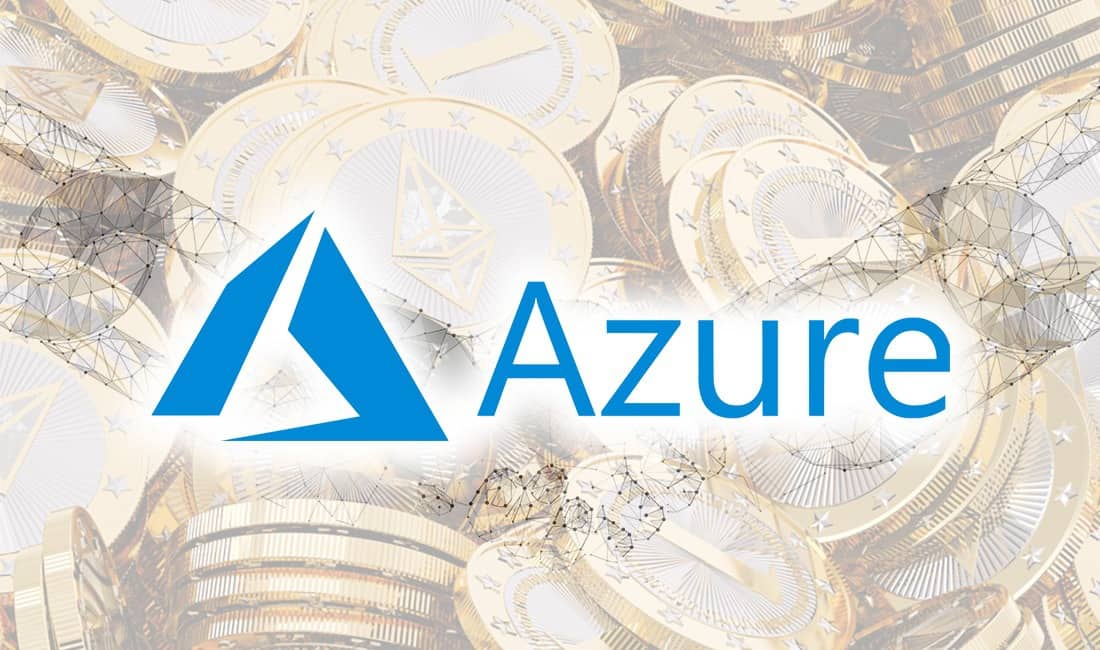Microsoft Corporation has announced the launch of Ethereum Proof-of-Authority on Azure. It represents an upgrade to the tech giant’s offering of Blockchain-as-a-Service (BaaS). A new validation algorithm and other tools should make it easier for enterprises to develop smart contracts and decentralized applications (dApps). Among the main features of the Ethereum Proof-of-Authority on Azure is that it eliminates mining. This could help with saving computing power and will be very useful in a variety of industries, particularly financial services and online voting. BaaS Has Been Around for Years, So Why Is It News?
Those that have been following the news in the blockchain industry are already familiar with the concept of BaaS. In short, major corporations, such as IBM, Walmart, JPMorgan, and others, are developing their own blockchain applications, but smaller enterprises are still struggling to adopt the blockchain. Running smart contracts or dapps requires infrastructure and specialists capable of maintaining it. Therefore, companies that offer cloud computing also have launched BaaS. Put simply, BaaS allows companies to rent the infrastructure they need to build and run smart contracts and dapps.
Among the companies that offer BaaS are IBM, Oracle, SAP, Hewlett Packard Enterprises, Amazon and Microsoft Corporation. In 2015, Microsoft entered into a partnership with ConsenSys. The collaboration resulted in Microsoft releasing Ethereum BaaS on its Azure cloud platform. In this way, by adopting Ethereum, Microsoft offered enterprises the opportunity to access the primary blockchain for running smart contracts.
By rolling out Ethereum Proof-of-Authority Algorithm on Azure, Microsoft wants to make it easier for companies to use blockchain technology. Proof-of-Authority represents an innovative way that members of a blockchain can approve transactions.
How Ethereum Proof-of-Authority on Azure Works

Currently, the validation of a transaction in a blockchain is done either through Proof-of-Work or Proof-of-Stake. Proof-of-Work requires accounts within a blockchain to solve complex mathematical problems in order to add a new transaction (node). Through the Proof-of-Work protocol, the individual receives a reward for adding a node. Proof-of-Stake is also an algorithm that validates a transaction. However, the person that approves a new block is chosen in a deterministic way based on their existing wealth (stake).
The Ethereum Proof-of-Authority on Azure is an alternative protocol for approving a blockchain transaction. Proof-of-Authority assigns each participant in a blockchain a unique identity. A transaction is validated through a consensus. Each participant is allowed to give their vote to another node or to set up multiple nodes to make sure that the consensus is maintained. Therefore, Proof-of-Authority allows companies to execute smart contracts when all the parties to the transaction are known.
Additional Features of Ethereum Proof-of-Authority on Azure
In addition to launching the Ethereum Proof-of-Authority, Microsoft also unveiled some other tools. One of them is Parity web assembly. This represents a way for developers to write smart contracts easier. Currently, the only language for writing smart contracts is Solidity. However, because it is a new language, it is hard to find developers. Parity’s web assembly support allows developers to write smart contracts in other programming languages, such as C, C++, and Rust.
Another new feature is Azure Monitor. Azure Monitor is a tool that allows tracking nodes and network statistics. Developers can use this tool to see the blockchain and monitor how it creates nodes. Operators of blockchain networks can use Azure Monitor to make sure that the network and infrastructure are operating well.
Also, the Ethereum Proof-of-Authority on Azure comes with Governance dApp. This feature ensures that the network remains decentralized. Select administrators can vote on changes in network authorities. In turn, authorities manage their nodes that approve changes in the network. Governance dApp also makes sure that all changes are recorded on the blockchain.
Microsoft Is Strengthening Its Position in Blockchain Industry
The introduction of Ethereum Proof-of-Authority on Azure, Microsoft is solidifying its position as one of the leading companies in the blockchain industry. In fact, Microsoft recently bought GitHub, an open-source platform that many crypto developers user.
In May, the company presented the Azure Blockchain Workbench. The Workbench is a set of tools that simplify the development of blockchain applications and smart contracts.
In addition to offering BaaS, Microsoft is also working on other projects. For example, it is developing Bakkt in collaboration with Starbucks and other companies. It was among the first companies to form the Ethereum Enterprise Alliance (EEA). EEA also includes other tech companies, banks, large corporations, as well as researchers and universities. The organization aims to develop blockchain-based applications that run on Ethereum.
Moreover, Ethereum is not the only blockchain that Microsoft is working with. The company also provides Hyperledger Fabric on Azure. Hyperledger Fabric is a blockchain that operates IBM’s BaaS. The main difference between Hyperledger and Ethereum is that the source code a committee, which IBM is a part of, operates the source code and mandates changes to it.
Microsoft also works closely with R3, a blockchain technology company. R3 leads a consortium of over 200 companies that aim to build blockchain applications for the financial industry. Worth noting, R3 finally ended their legal battle with Ripple. The consortium developed Corda, a blockchain platform. As part of their collaboration, Microsoft provides support for Corda on Azure.


